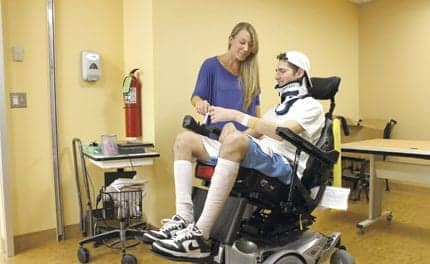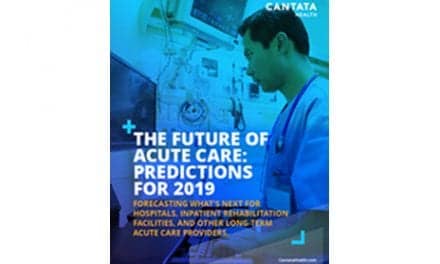Frost & Sullivan’s latest white paper, Improving Patient Care with the Smith+Nephew LEAF◊ Patient Monitoring System, discusses the significant problem of hospital-acquired pressure injuries, the operational and economic impact of HAPIs on providers and the potential benefits that a patient-worn sensor solution can bring to managing the condition more effectively.
The paper is built off extensive surveys conducted with clinicians and administrators across many different roles within US hospitals.
“Healthcare providers need better tools to simplify the management of patient turning, and thereby improve outcomes and align their in-house protocols with evidence-based clinical guidelines. An automated system based on patient-worn sensor data that is customized to the patient’s turning and mobility plan is the most reliable strategy to prompt healthcare professionals to reposition the patient.”
— Charlie Whelan, Vice President of Consulting, Healthcare & Life Sciences, at Frost & Sullivan
“Our LEAF◊ Patient Monitoring System can be highly effective in combating HAPIs. This technology, backed by more than 7 million hours of data on over 60,000 patients, has demonstrated proven effectiveness in helping reduce the incidence of pressure injuries by 73% in an investigator-led, randomized controlled trial. In both real-world implementations and studies, it was shown to enhance facilities’ adherence to patient turning protocols, on-time care delivery, documentation, and nursing teamwork.”
— Laura Ackerman, National Area Vice President, Growth Platforms at Smith+Nephew
Benefits
The top benefits of a sensor-based turning compliance solution include:
- Providing real-time, patient-specific reports on whether a patient has been adequately turned to offload tissue according to hospital protocols.
- Delivering protocol adherence monitoring and alerts that support best practices for patient turning, as recommended by the latest National Pressure Injury Advisory Panel (NPIAP) clinical guidelines.
- Reducing documentation burden on nursing staff, allowing them to focus more on clinical care.
- Lowering the risks of pressure injuries and the consequent negative patient outcomes and economic impact on the facility.
- Forming part of the hospital’s overall strategy to push the HAPI incidence rate closer to zero.
- Helping facilities improve on-time care delivery, documentation and nursing teamwork.
- Viewing the resulting data in a customized interface on centralized computers, local workstations or any web-enabled device to help staff prioritize who needs to be turned and when.
[Source(s): Frost & Sullivan, PR Newswire]
Related Content:
LEAF Patient Monitoring System Achieves Milestone
Leaf System Study Demonstrates Low Likelihood of Pressure Injuries
Patient Repositioning Intervals are Focus of Duke Study





